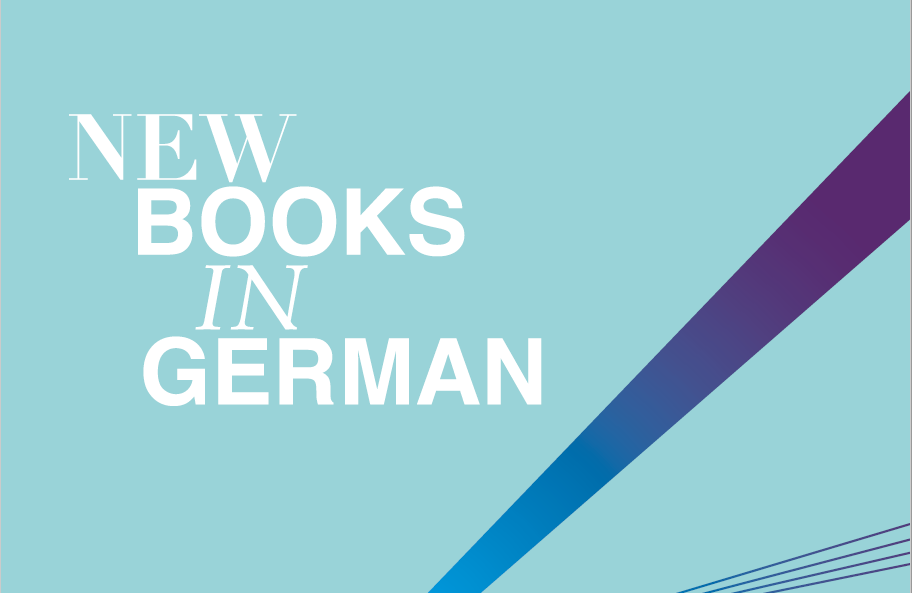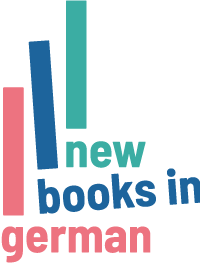Former NBG editor Sally-Ann Spencer reflects on the rising presence of German-language literature in English over the last two decades.
The usual caveats still apply: relatively few books are translated into English, and the majority of English-language publishers have no involvement whatsoever with foreign literature. Nonetheless, the world of German to English translation has expanded considerably over the last twenty years.
Translation has dedicated supporters.
The last two decades have seen an incredible proliferation of activities for translation in English. New funding programmes offer financial support; prizes celebrate the work of translators and writers; annual events provide a forum for live discussion and readings; mentorships and workshops encourage new translators to enter the profession; and university courses stimulate interest among students. Perhaps the two biggest signs that translation is growing as a sector are the bustling Literary Translation Centre at the London Book Fair and the relaunched Man Booker International Prize.
German-English translation is part of all this.

Programmes focused specifically on German-language literature have contributed to this wider surge in translational activity across the English-speaking world. New Books in German has expanded steadily since it was launched at the Frankfurt Book Fair in 1996, while the German Book Office New York has been serving as a hub for German-English translation since 1998. Their operations are complemented by the translation subsidy schemes of the three main German-speaking countries and by a range of other new activities.
Translation communities are online.
It took three years before New Books in German appeared in a parallel web edition. Now much of the conversation about German-English translation takes place virtually and the wider translation community is networked through social media platforms, allowing information to be shared within and across translation groups. From wherever you are in the world you can be part of German-English translation – and who would want to be without Caroline and Lizzy’s German Literature Month or Katy Derbyshire’s lovegermanbooks and Susan Bernofsky’s translationista blogs?
German-English translation is digital.
After winning the Nobel Prize in 2004 Elfriede Jelinek published her next novel as a free download. So far, it has not been translated into English, which points to one of the dilemmas of Internet-based publication: who pays for the labour costs if the material is distributed at no charge? Online magazine Asymptote depends on the voluntary contributions of writers, translators and editors to present short literary texts that would not otherwise find an outlet: its archive includes some wonderful German-English translations complete with translator’s notes.
Ebooks have arrived.

For the industry as a whole, ebooks have created additional pressures, but some translation publishers have embraced them as an opportunity to experiment with new business models and methods. Digital-only Frisch & Co. – recently acquired as an imprint of Canelo – proposed a redistribution of the financial risks to reduce upfront costs, which led to a collaboration with Suhrkamp. One of the most prolific publishers of translations is now Kindle-led AmazonCrossing. The imprint released fifty or more English translations of German-language titles in its first four years, and achieved its first top selling success with mass-market German historical fiction. New digital territory is being charted by children’s writer Cornelia Funke, whose MirrorWorld app brings to life the stories and illustrations from her most recent YA series.
Small is beautiful.
A worrying development of the 1990s was the shift towards smaller translation publishers. Now the smallest presses are even smaller but this certainly does not mean that their output is destined to vanish without a trace. Publishers like Peirene Press, Fitzcarraldo Editions, And Other Stories and New Vessel are finding creative ways to sell their translations directly to readers, while also securing display space in conventional shops.
The old guard are still here.
Twenty years ago it seemed that publishers were disengaging from translation, but the old guard from the 1990s are still on the scene: Grove, Harvill Secker, New Directions, Pantheon, Serpent’s Tail and many more. The difference is that they have been joined by an array of new publishers producing literary and popular titles, poetry, graphic novels, crime, children’s books and non-fiction. Several newcomers to German-English translation are based outside the US and UK, such as Seagull Books in India, children’s publisher Gecko Press in New Zealand, and Australian publishers Text and Scribe.
Writers and translators are at large.
Festivals from Edinburgh to Cheltenham regularly invite German-language writers and their translators to take the stage, while the annual Festival Neue Literatur packs out venues in New York. New authors are coming to critical attention, like Jenny Erpenbeck (translated by Susan Bernofsky), Julia Franck (tr. Anthea Bell) and Peter Stamm (tr. Michael Hofmann). Contemporary poets like Durs Grünbein, Monika Rinck and Jan Wagner have a following in English, and new translated voices like Ulrike Almut Sandig and Maja Haderlap are being heard. The late W.G. Sebald is one of the most revered writers of recent times, and then there is the Nobel trio: Günter Grass, Elfriede Jelinek and Herta Müller. Translators are winning prizes too, with multiple awards going to Susan Bernofsky and Philip Boehm for their translations of Erpenbeck’s The End of Days and Müller’s The Hunger Angel, and Anthea Bell becoming an Officer of the Order of the British Empire. German-English translation has also been on the airwaves and on the small and large screen: Robert Seethaler’s A Whole Life (tr. Charlotte Collins) and Sascha Arango’s The Truth and Other Lies (tr. Imogen Taylor) were among the BBC’s recent Books at Bedtime, Nele Neuhaus’s chiller Snow White Must Die (tr. Steven T. Murray) was picked by Richard and Judy, and Bernhard Schlink’s The Reader (tr. Carol Brown Janeway) was turned into a film starring Kate Winslet.
More of German-language literature travels.

The range of works in translation has expanded and a greater number of titles are gaining a wide readership. German-language fiction in translation now encompasses graphic novels including new titles by Reinhard Kleist, mass-market successes like Oliver Pötzsch’s Hangman’s Daughter series (tr. Lee Chadeayne), a strong crime sector from Andrea Maria Schenkel’s dark neo-realism to Ferdinand von Schirach’s short stories (both translated by Anthea Bell) as well as diverse popular and literary writers: Alina Bronsky, Alex Capus, Daniel Kehlmann, Timur Vermes, Juli Zeh and many more. Overlooked writers like Birgit Vanderbeke and Walter Kempowski are being rediscovered, Hans Fallada has become a modern classic, and Stefan Zweig was almost awarded a blue plaque. Cornelia Funke is one of the most successful contemporary children’s and YA writers, and there are beautiful new picture books by writer-illustrators like Wolf Erlbruch and Ole Könnecke.


